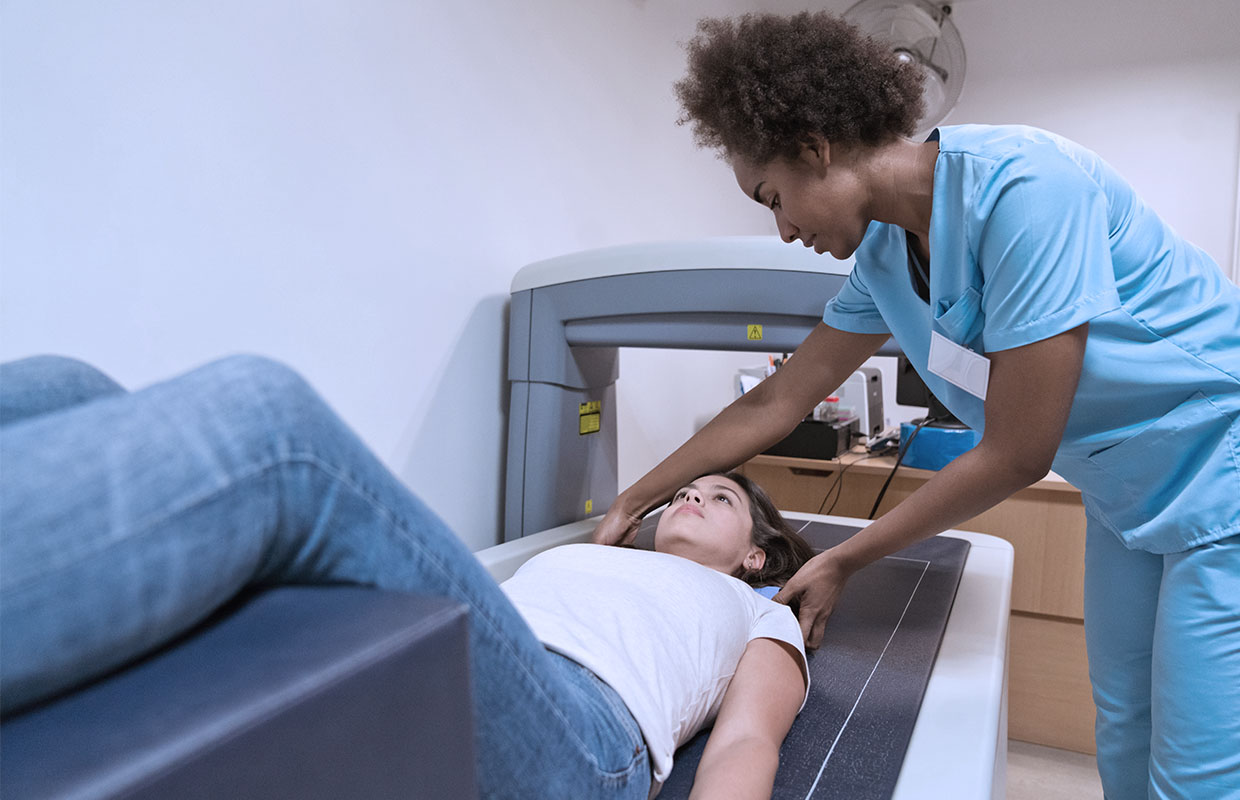Bone Density Testing


Bone Density Testing
A bone density test determines if you have osteoporosis – a disease that causes bones to become more fragile and more likely to break. It makes it possible to know your risk of breaking bones before the fact.
A bone density test uses X-rays to measure how many grams of calcium and other bone minerals are packed into a segment of bone. The bones that are most commonly tested are located in the spine, hip and forearm.
Doctors use bone density testing to:
- Identify decreases in bone density before you break a bone
- Determine your risk of broken bones (fractures)
- Confirm a diagnosis of osteoporosis if you’ve experienced broken bones
- Monitor osteoporosis treatment
Detecting Osteoporosis
The higher your bone mineral content, the denser your bones are. And the denser your bones, the stronger they generally are and the less likely they are to break.
Although osteoporosis is more common in older women, men also can develop the condition. Regardless of your sex or age, your doctor may recommend a bone density test if you’ve:
Lost height. People who have lost at least 1.6 inches (4 centimeters) in height may have experienced compression fractures in their spines. Osteoporosis is one of the main causes of compression fractures.
Fractured a bone. Fragility fractures occur when a bone becomes so fragile that it breaks much more easily than expected. Fragility fractures can sometimes be caused by a strong cough or sneeze.
Taken certain drugs. Long-term use of steroid medications, such as prednisone, interferes with the bone-rebuilding process — which can lead to osteoporosis.
Received a transplant.

Contact Cumberland Medical Center
For more information or to make an appointment call (931) 459-7040.
Cumberland Medical Center
- Hospital
- Laboratory
- Emergency Room

